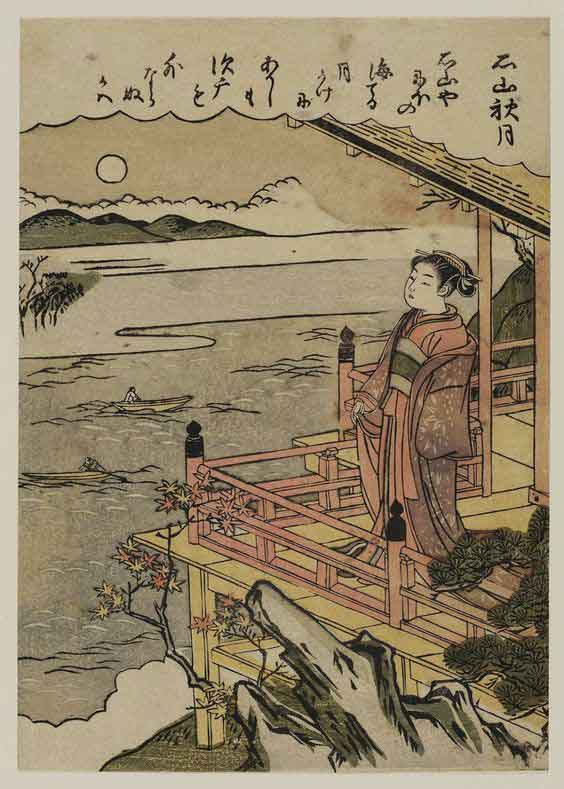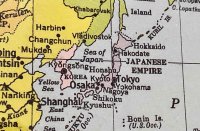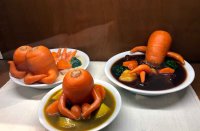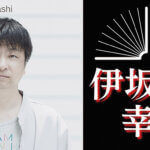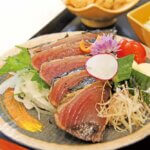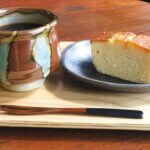Tsukimi (月見), literally means viewing the moon. This festival celebrates the abundance harvest and the beauty of the full moon. On the same day, you can also see bunnies on the moon pounding mochi (glutinous rice cake).
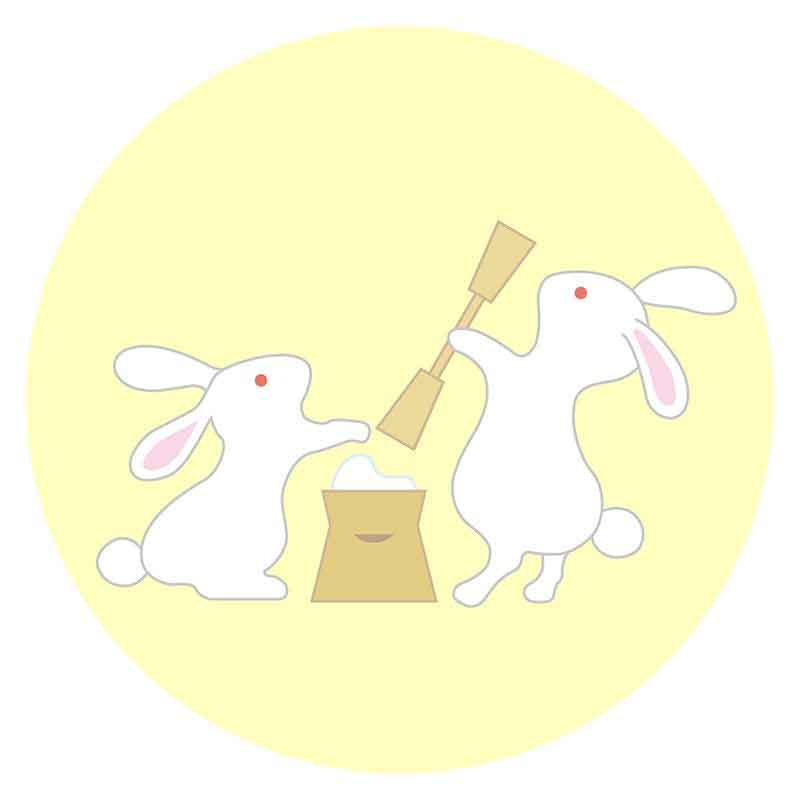
According to the lunar calendar, the fifteenth day of every month has the fullest moon. However, the moon is the fullest and the biggest on the fifteenth night of the eighth month on the lunar calendar, which was on the September 13 this year. That specific full moon is also called harvest moon.
The festival has been around for a long time, but in the beginning, only royal families would appreciate the full moon and have celebrations for it. This tradition could trace back to Nara and Heian periods when the aristocrats enjoy moon-viewing parties while composing poetries.
In Edo period, tsukimi is popularized among farmers and it was closely related to the autumn festival, which involves celebrating the abundance harvests and offering deities their fresh crops.
The first astronauts are bunnies
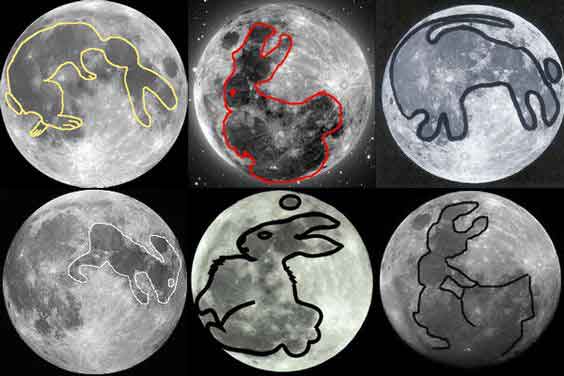
How did the bunnies get on the moon? Legend has it that the Old Man of the Moon visited earth to test the kindness of three animals: fox, monkey and rabbit.
The Old Man transformed himself in a beggar and asked for the three animals for some food. The fox hunted fish for the beggar, while the monkey gathered food for him. Only rabbit did not go out and search for anything for the Old Man.
The rabbit confessed that he was incapable to hunt fish and gather fruits like the fox and the monkey. So, he decided to sacrifice himself for the beggar to eat.
The Old Man was touched by the bunny’s kind-heartedness. He then transformed back to his original form and brought the bunnies to live with him on the moon and have eternal lives.
Why pounding mochi?
In Japan, it is said that there were rabbits pounding mochi rice cakes with a mallet. One of the explanation is that the word “Mochizuki”, meaning full moon sounds like the word “Mochi-tsuki”, which means pounding mochi. Therefore, people started to associate the two together and created this adorable image of bunnies making mochi.
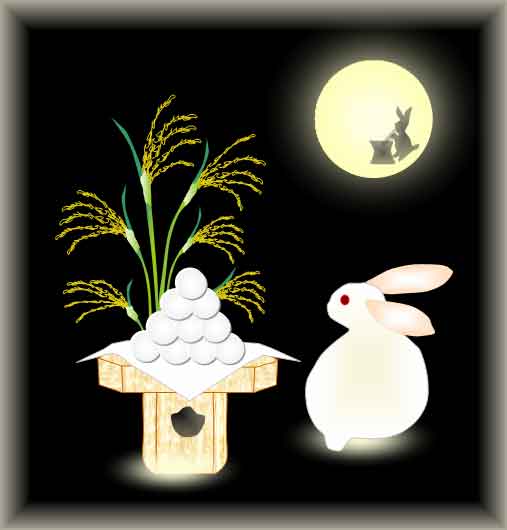
How to host a moon-viewing party
There are other practices and traditions for this day. Since this festival combines the celebration of harvesting crops, hence giving offerings to the Moon God is one of the traditions. According to a Japanese festival pundit, this is an ancient Shinto tradition where offerings of mochi and crops, including chestnuts and taros, are offered to the Moon God to show gratitude for the fall harvest.
Another practice is to decorate roofs with pampas grass. Pampas grass is usually used as offerings and to welcome the season of fall. People sometimes decorate their house roofs with pampas grass for celebration purpose.
Food-wise, it goes without saying that mochi is one of them. There are more than 10 varieties of mochis in Japan. However, the Tsukimi mochis are plain and only sweetened slightly with sugar.
Chestnut is another dish for Tsukimi because the harvesting season for chestnut usually occurs in the fall. Similar to western culture, pumpkin is also part of the seasonal food. People can go chestnut and pumpkin picking on the day of the celebration.
There are more dishes that takes reference from the full-moon day. Sometimes there are “tsukimi udon” and “tsukimi rice bowls”. These dishes are usually topped with a raw egg. This is because the yolk of an egg reminds people of the full-moon, therefore many restaurants took the reference and created a series of tsukimi dishes.
